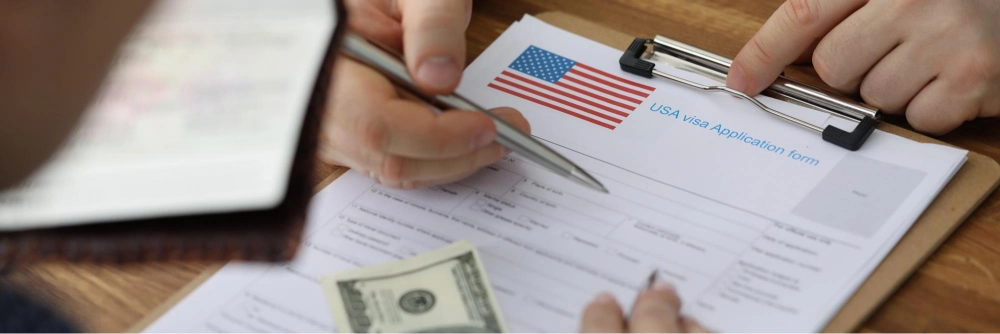

• Credits are based on your company’s payroll (eligible firms have a payroll of $500K or more).
• It’s estimated close to 70% of manufacturing firms qualify due to relaxed rules on qualification to include SMEs (small to medium enterprises) from past programs where incentives were geared for large, publicly traded companies.
• Many engineering and software development firms qualify. Obvious qualifiers are pharmaceutical, chemical, and biotech firms.
If your company has invested time, money, and resources to advance and improve your company’s product or processes, then you likely qualify for the Federal R&D Tax Credit Incentive Program. Many firms, however, are unaware of how or what to qualify; thus, the opportunity goes unclaimed. One of the qualifiers we look at is known as Section 41 Credit, which is an incentive to keep these qualified R&D activities in the U.S. The great thing is we can go back three open tax years to find cost recovery.


Common R&D eligible activities include:
• Pre-production design and engineering of a new product or improved existing product, process, or production improvement.
• Prototyping and patent applications.
• Experimenting or testing new concepts, formulations, materials, tools, and procedures.
• Software development for internal use or sale.
• IT Security and general trial and error experimentation.
Examples for manufacturers and machine shops include programming a CNC machine as a qualified R&D activity. Many companies regard their efforts to make products lighter, stronger, more reliable, or more economical as “just doing my job,” but these activities often qualify as R&D.
Manufacturing products.
Developing new, improved, or more reliable products, processes, or formulas.
Developing prototypes or models (including computer-generated models).
Designing tools, jigs, molds, and dies.
Certification testing.
Developing or applying for patents.
Testing new concepts.
Developing new technology.
Developing new technology.
Trying new materials.
Adding new equipment.
Environmental testing.
Developing or improving production/manufacturing processes.
Developing, implementing, or upgrading systems/software.
Developing production control software.
Improving or building new manufacturing facilities.
Improving or building new manufacturing facilities.
Paying outside consultants/contractors to do any of the above activities.
We utilize a comprehensive approach in both quantifying and qualifying credit amounts, following the IRS-recommended “Project by Project” approach. This involves identifying EVERY qualifying activity and tying it to each employee, time, and wages, along with the corresponding sections of the tax code and legal documentation that substantiate the credit.
Our team consists of engineers, tax and IP attorneys with extensive experience in conducting R&D studies across various industries. We focus on maximizing credits and defending them if necessary, as the IRS Agents reviewing R&D Credits are also engineers.
We charge a fixed fee depending on the size and scope of the project. We provide a free consultation and feasibility report to determine the cash benefit before proceeding. All services are performance-based, so if we cannot find savings or cost recovery, you pay nothing.
If you work for a U.S.-based company involved in manufacturing or other qualifying activities and think you may qualify based on the above description, do not hesitate to contact us.
Cost Recovery USA, LLC was established by Bobby Dozier, who has a wealth of sales/marketing experience working for well-known firms such as Frito-Lay and Allied Van Lines mainly in Tulsa, OK and Tokyo, Japan.